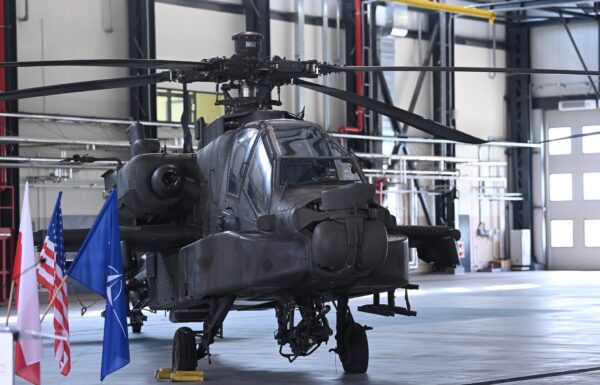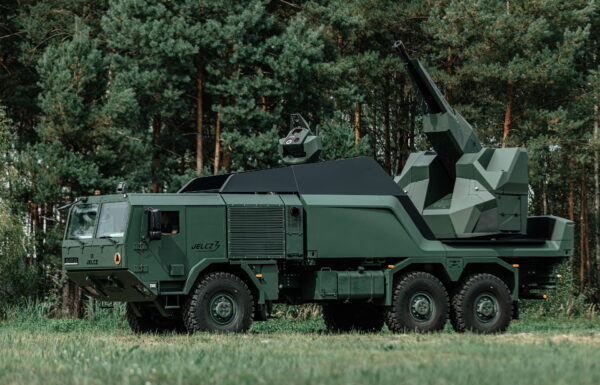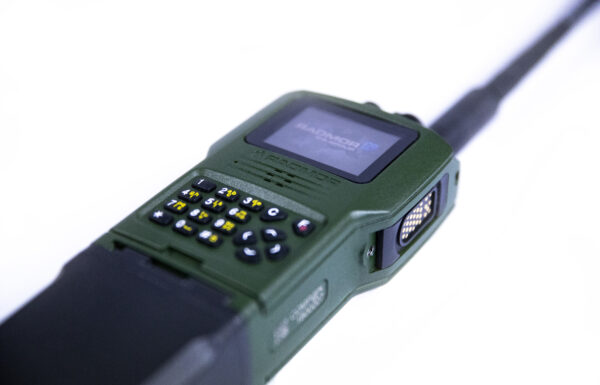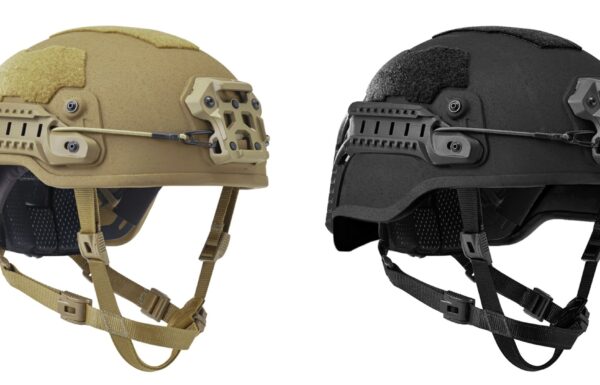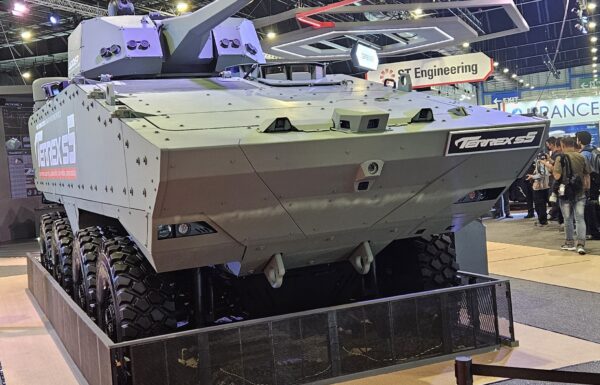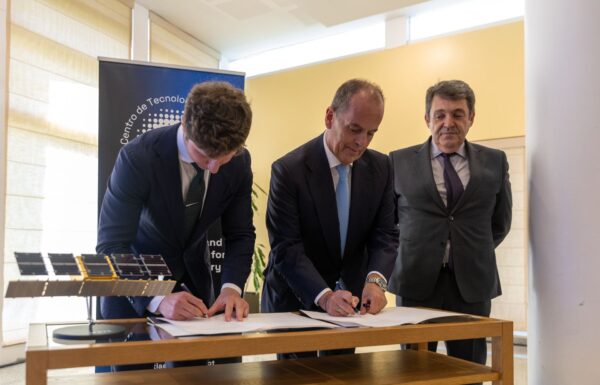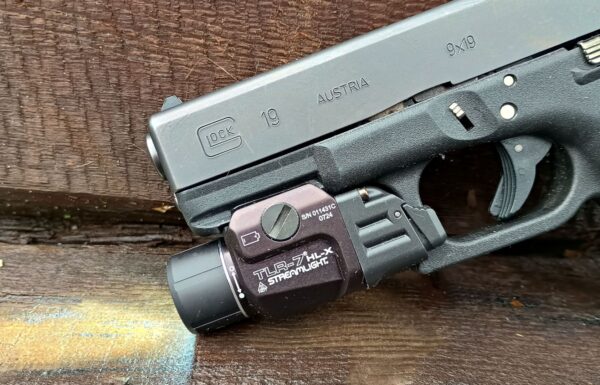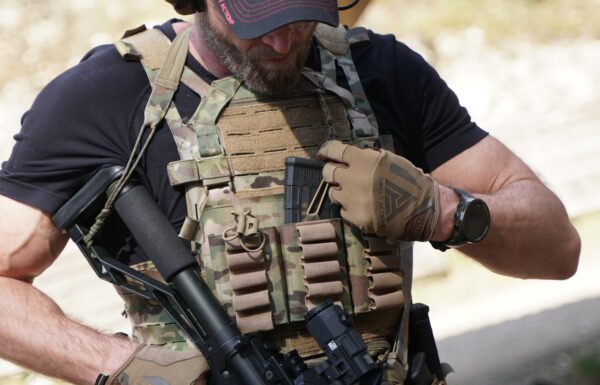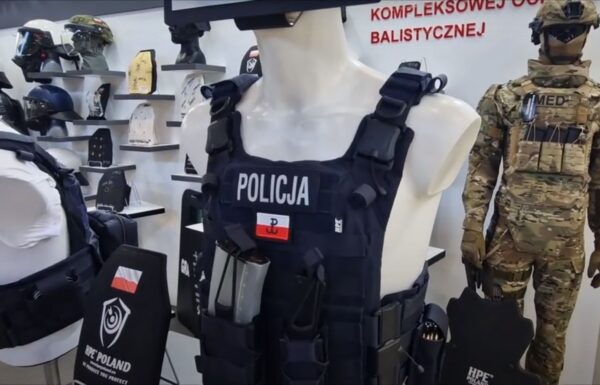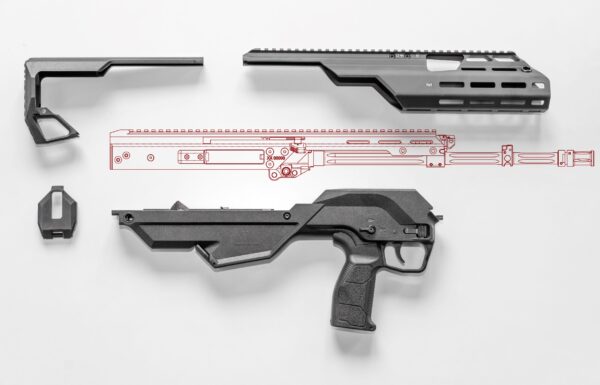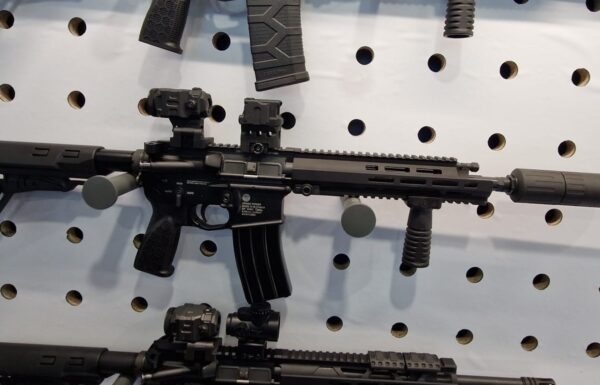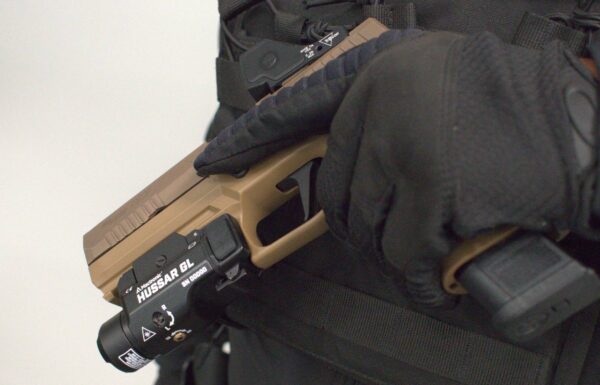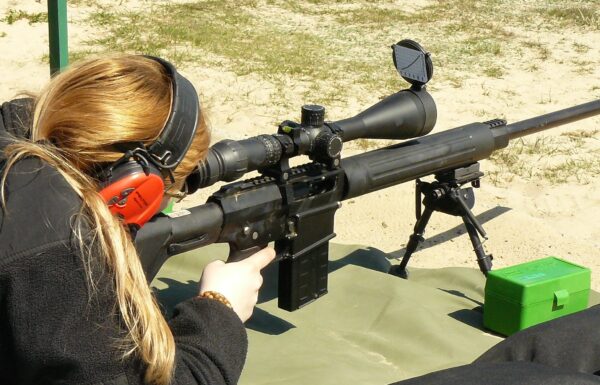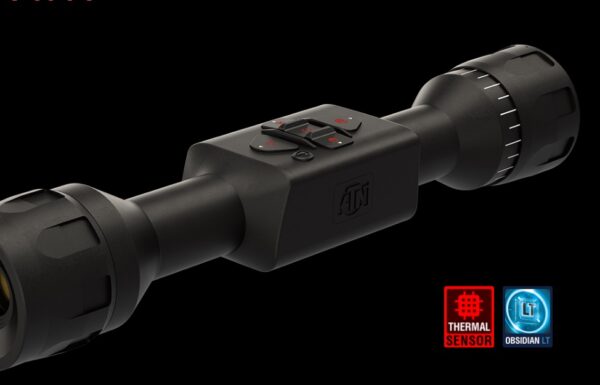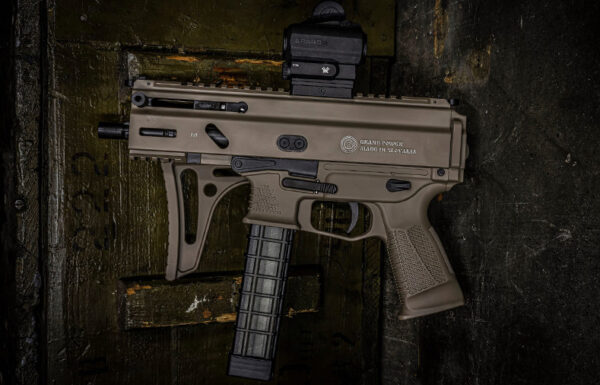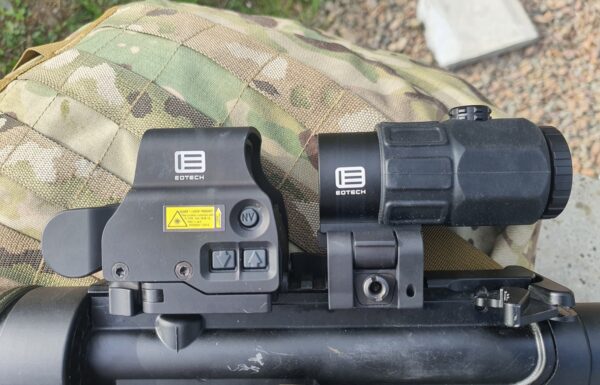On Thursday, April 24, 2025, at the premises of the 1st Warsaw Armored Brigade in Warsaw-Wesoła, WB Group publicly presented for the first time its new Unmanned Surface Vessel (USV) technology demonstrator. According to information obtained by MILMAG, the unveiled demonstrator is being used to test solutions intended for future use by the Navy in reconnaissance, strike missions, and the protection of critical infrastructure. The project is being developed with WB Group’s own funds by the Center for Unmanned Maritime Systems, which operates within Radmor, a subsidiary of WB Group.
Video: Paweł Ścibiorek, Paul Wojcicki-Jarocki
As stated by Remigiusz Wilk, WB Group’s Communications Director, the final prototype is expected to measure 9 meters in length, 3.2 meters in width, and 2 meters in height. These dimensions will allow the USV to be housed in shipboard hangars designed for rigid-hulled inflatable boats and will provide a stable platform for carrying sensors and weapons systems.
According to information obtained by MILMAG, WB Group’s maritime unmanned vehicles will be equipped with radar, sonar, and electro-optical sensor turrets. Additionally, they will be capable of carrying airborne reconnaissance drones, loitering munitions, and remotely operated weapon systems. With this equipment, the vehicle is expected to weigh approximately 3 tons. Thanks to radio signal retransmission via aerial platforms, the USV’s range is estimated by the manufacturer at 270 nautical miles.
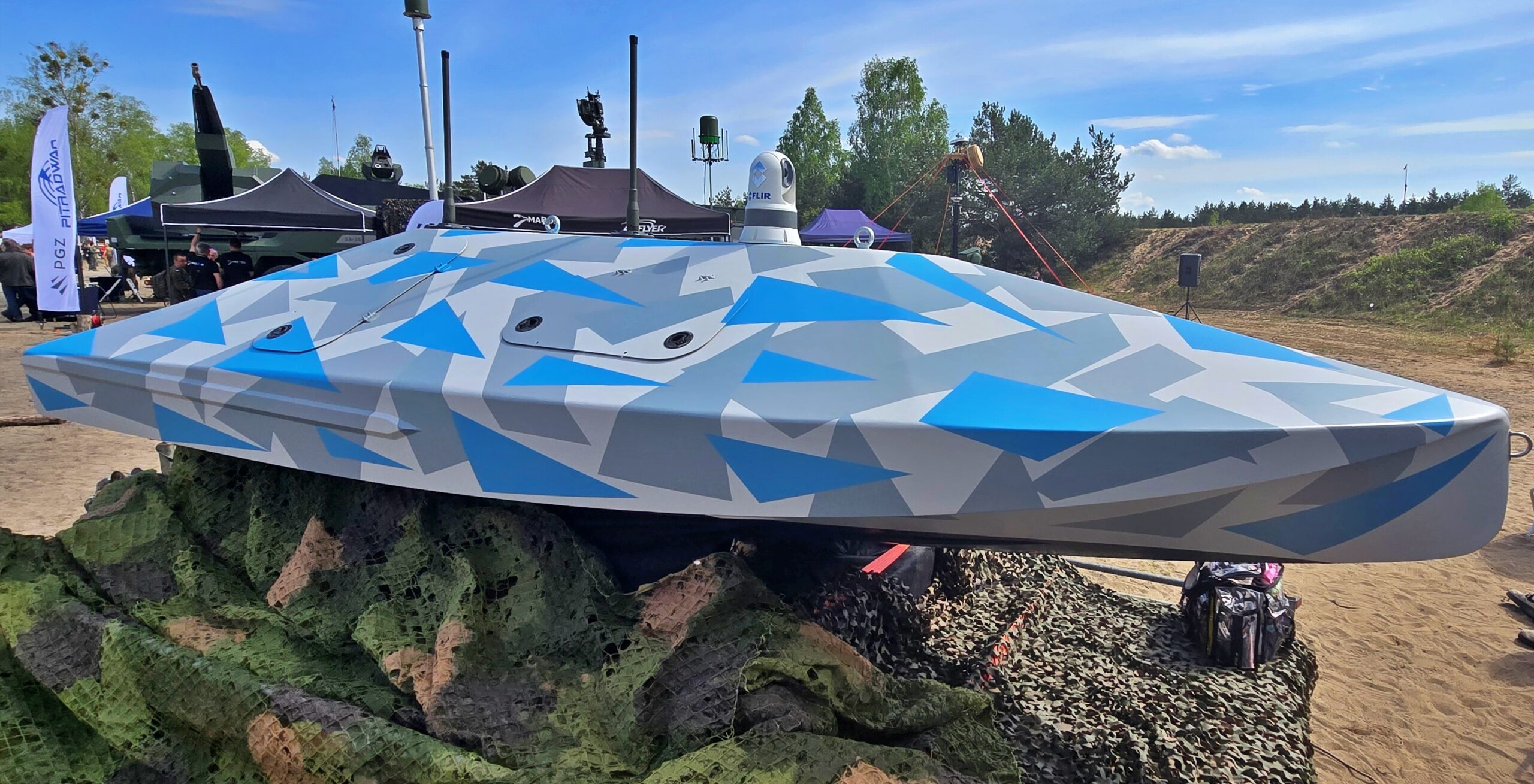 The Unmanned Surface Vessel technology demonstrator was presented in Wesoła. A full-scale prototype is expected to be unveiled at the 2025 International Defence Industry Exhibition (MSPO) in Kielce. / Photo: Jakub Link-Lenczowski
The Unmanned Surface Vessel technology demonstrator was presented in Wesoła. A full-scale prototype is expected to be unveiled at the 2025 International Defence Industry Exhibition (MSPO) in Kielce. / Photo: Jakub Link-Lenczowski
According to WB Group, the USV can be used to support unmanned aerial systems in strike operations, designate targets for the Naval Missile Unit and naval vessels, protect ports and waterways, counter sabotage groups, and engage targets with its own onboard weapons. This is made possible by integrating the USV into WB Group’s existing systems. As a result, the new maritime unmanned platform can both designate targets and receive data from other platforms, allowing it to independently carry out attacks.


